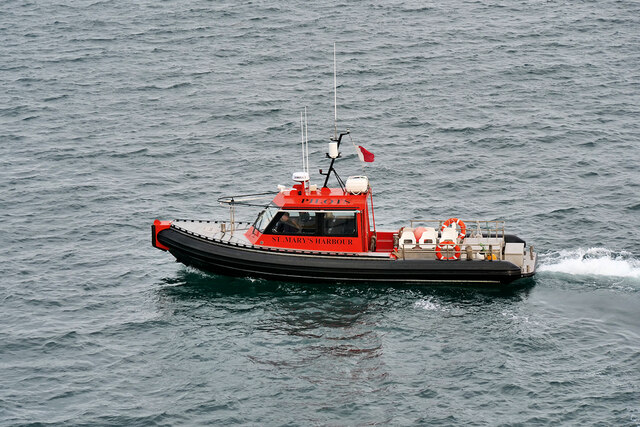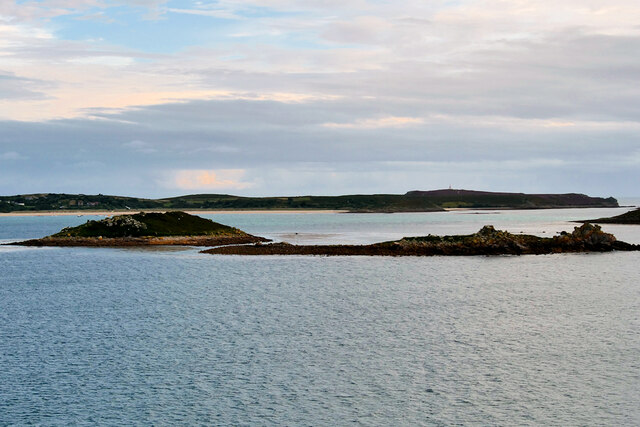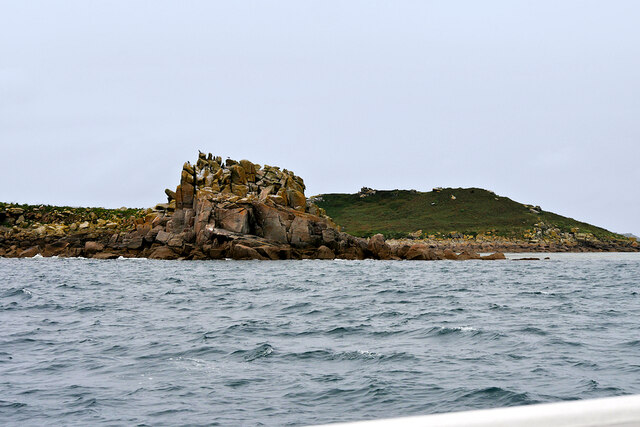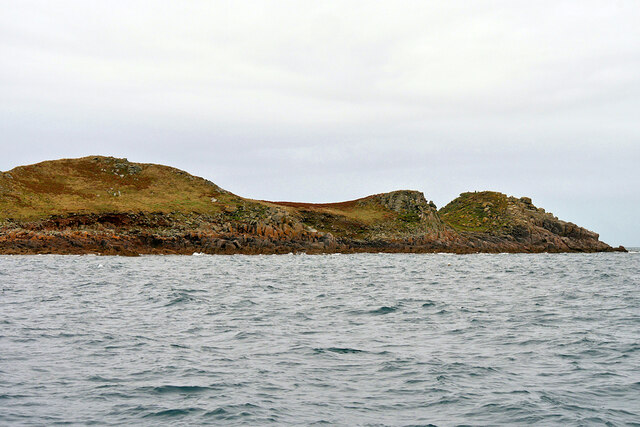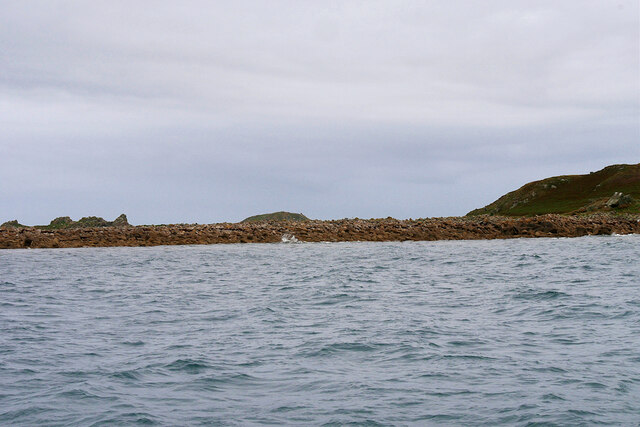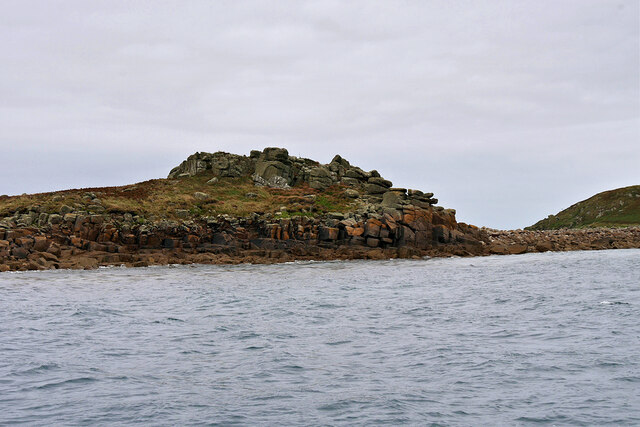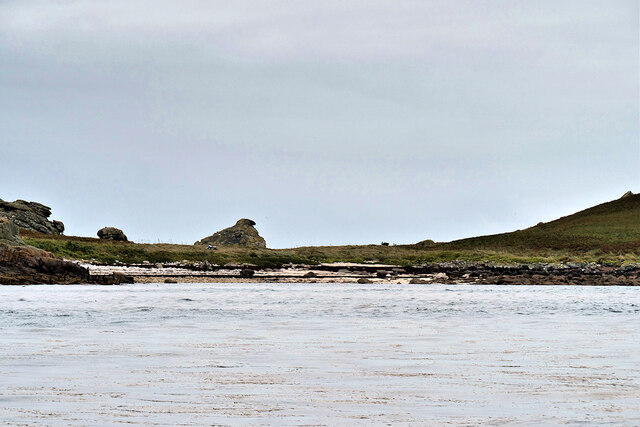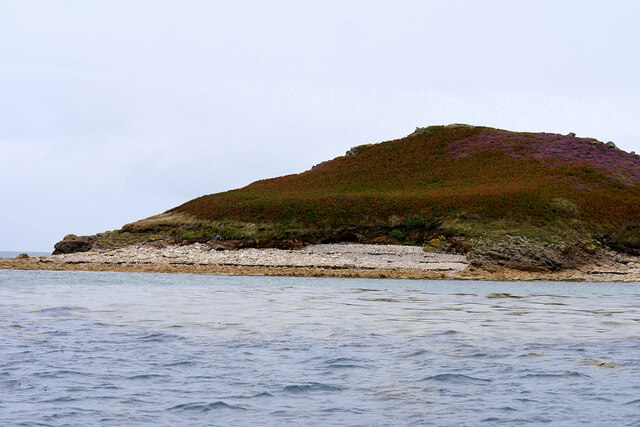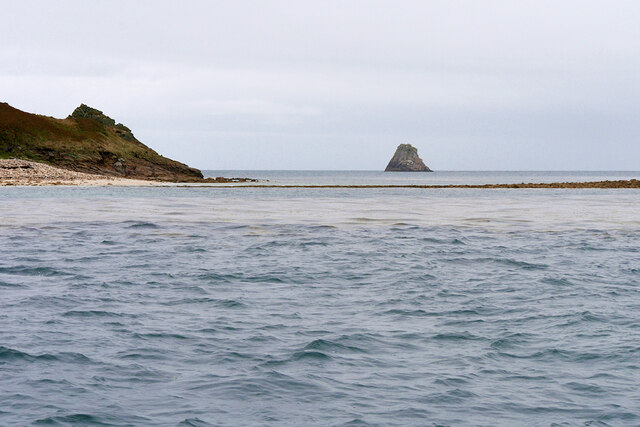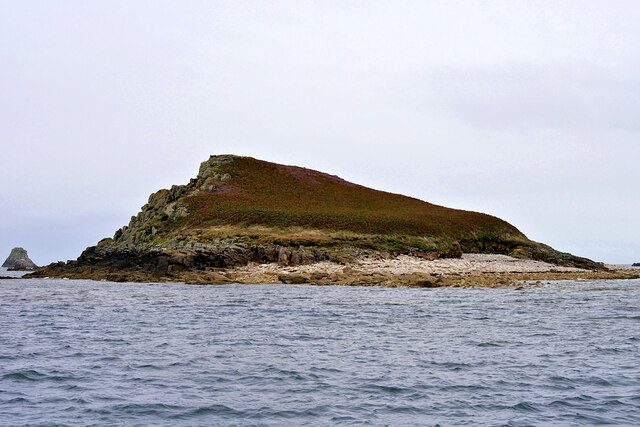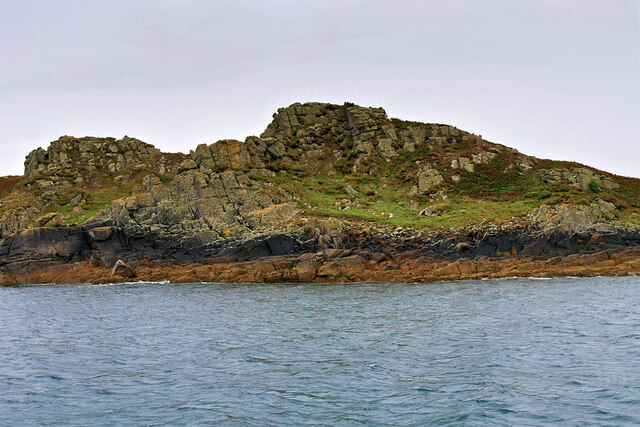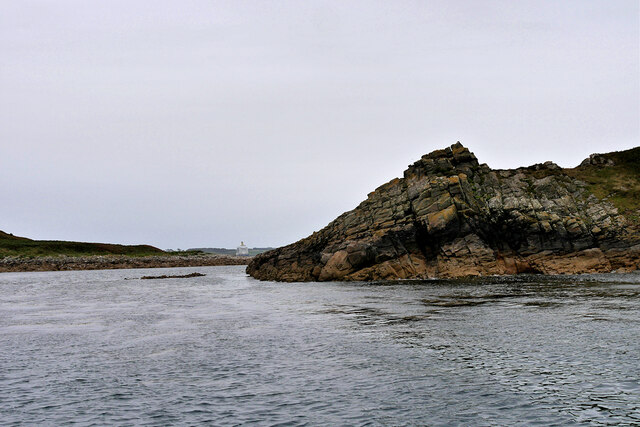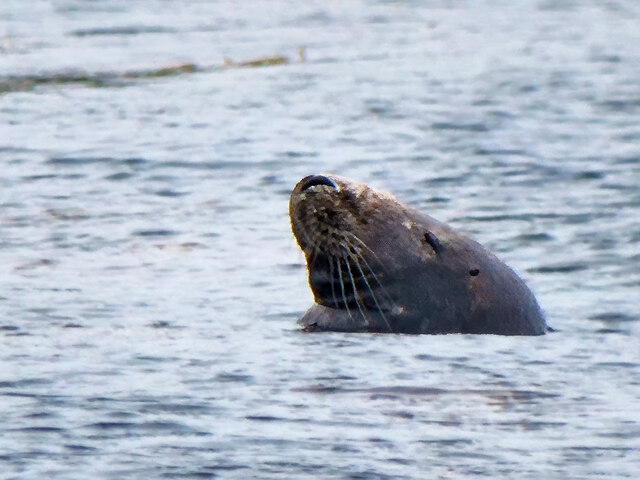Ladies' Ledge
Coastal Marsh, Saltings in Cornwall
England
Ladies' Ledge
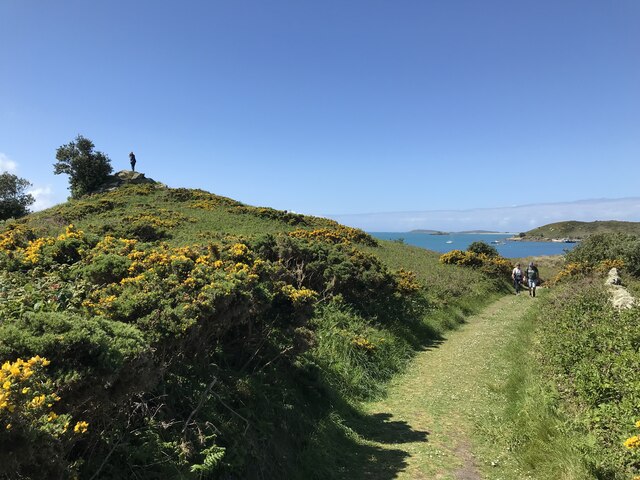
Ladies' Ledge is a coastal marsh located in Cornwall, England, specifically in the region known as the Saltings. This area is known for its unique geographical features, offering a stunning view of the shoreline and a diverse range of plant and animal life.
The marsh is situated between the estuary of a river and the open sea, resulting in a mix of freshwater and saltwater environments. This combination creates an ideal habitat for a wide variety of species, including migratory birds, fish, and various marsh plants. The marsh itself is characterized by its lush green vegetation and muddy terrain, with small pools of water scattered throughout.
The area is named after a prominent rock formation known as Ladies' Ledge, which offers a panoramic view of the surrounding landscape. This ledge is a popular spot for visitors and locals alike, who come to appreciate the stunning natural beauty of the marsh and its surroundings.
Ladies' Ledge is also known for its significance in terms of conservation. The marsh provides an important feeding ground and nesting site for numerous bird species, including herons, egrets, and various migratory waterfowl. It is also home to several rare plant species that thrive in the unique conditions of the marsh.
Visitors to Ladies' Ledge can enjoy various activities, such as birdwatching, nature walks, and photography. The marsh is easily accessible via a network of footpaths and is a favorite destination for nature enthusiasts, providing an opportunity to observe and appreciate the richness of the local flora and fauna in a serene and picturesque setting.
If you have any feedback on the listing, please let us know in the comments section below.
Ladies' Ledge Images
Images are sourced within 2km of 49.947541/-6.262435 or Grid Reference SV9413. Thanks to Geograph Open Source API. All images are credited.
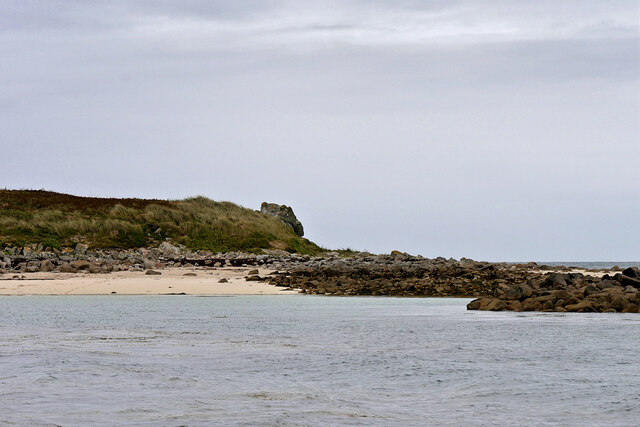
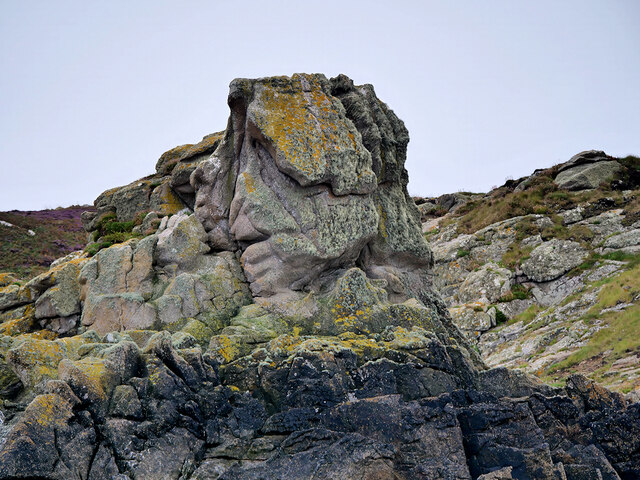
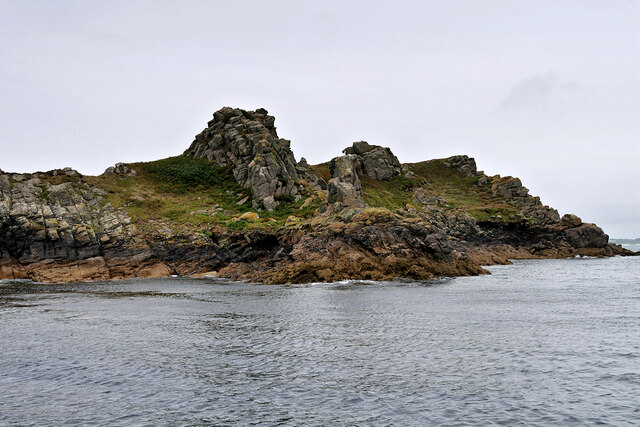
Ladies' Ledge is located at Grid Ref: SV9413 (Lat: 49.947541, Lng: -6.262435)
Division: Isles of Scilly
Unitary Authority: Isles of Scilly
Police Authority: Devon and Cornwall
What 3 Words
///binds.care.broccoli. Near St Martin's, Isles of Scilly
Nearby Locations
Related Wikis
Great Ganilly
Great Ganilly ( gə-NIL-ee; Cornish: Goonhyli Veur, lit. 'great saltwater downs') is one of the Eastern Isles of the Isles of Scilly. It has a maximum total...
Eastern Isles
The Eastern Isles (Cornish: Enesow Goonhyli, islands of the salt water downs) are a group of twelve small uninhabited islands within the Isles of Scilly...
Wheel Wreck
The Wheel Wreck is the remains of a shipwreck lying in Crow sound off Little Ganinick in the Isles of Scilly. The wreck site consists of a discrete mound...
PS Earl of Arran (1860)
PS Earl of Arran was a passenger vessel operated by the Ardrossan Steamboat Company from 1860 to 1871 and the West Cornwall Steam Ship Company from 1871...
Nearby Amenities
Located within 500m of 49.947541,-6.262435Have you been to Ladies' Ledge?
Leave your review of Ladies' Ledge below (or comments, questions and feedback).
